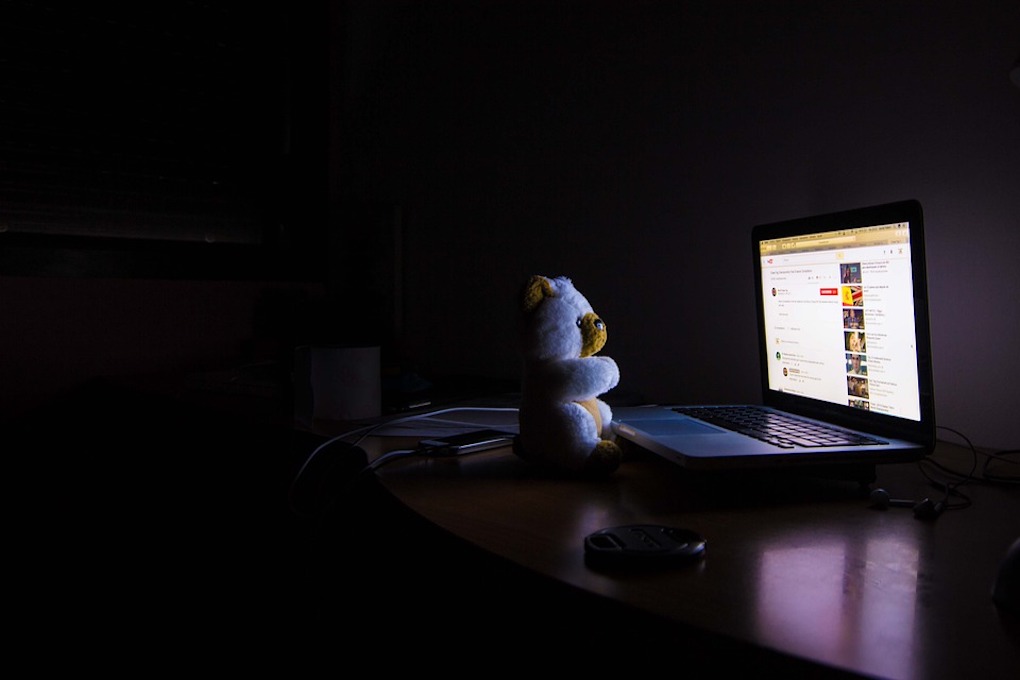
MICHAEL ATHANASSIADIS – SEPTEMBER 6, 2023
Yuriy Gorodnichenko is the Quantedge Presidential Professor of Economics at UC Berkeley. Beyond his PhD in Economics, Dr. Gorodnichenko also holds a Master’s degree in Statistics from the University of Michigan. His current research focuses primarily on monetary policy, international economics, and econometric methods.
Athanassiadis: How has your background of living in Ukraine before and after the fall of the Soviet Union informed your interest in economics?
Gorodnichenko: When the Soviet Union was still around I was a little kid. I didn’t do any economics.
The period after the collapse was very formative for me. Ukraine had a big recession, a depression really. Output contracted by something like 60 percent. Cumulatively we had hyperinflation. For a couple of years it was around 10,000 percent. I guess I became very interested in macroeconomics because I wanted to understand how we could have these kinds of disasters and what policies we could implement to attenuate them from happening as much as possible. Fortunately or unfortunately, Ukraine had many economic crises–banking, currency, fiscal. I had a lot of exposure.
Athanassiadis: What was living through these crises like?
Gorodnichenko: As a young person without many responsibilities, it was an unpleasant experience, but maybe it wasn’t as stressful as it was for my parents. Sometimes you have ‘funny’ situations where you realize something is not quite right.
I remember when we had hyperinflation my stipend was roughly two units of local currency. By the time I graduated it was around 100,000 units and the purchasing power was much lower. Another memory was that people were desperate to find calculators that had as many digits as possible. A typical calculator has nine digits. We were using calculators with 19 to 21 digits. It was hard to comprehend all of these numbers–billions, trillions, you lose track of zeroes. The experience was definitely disruptive but in hindsight I can think back to these sort-of-funny moments.
Athanassiadis: A portion of your current research is focused on the current crisis in Ukraine–the Russian invasion. You have worked on papers featured in VoxUkraine, CEPR Ukraine Initiative, and Econ4Ukraine. What should effective Ukrainian policy for its eventual rebuilding process look like?
Gorodnichenko: This is a trillion dollar question. Estimates of how much money is needed for the economic reconstruction of Ukraine range anywhere between $400 billion and over $1 trillion. Obviously that is a lot of money and we all want this money to be well spent so we have to think hard about how to design effective programs. One thing is clear–the experience of other reconstruction efforts, say, after World War II, it took a long time for people to agree to implement policy, who would run it, and so on. For example, the Marshall Plan took three years. The victory in Europe was in 1945, and the Marshall Plan arrived in 1948. That meant three very difficult years for post-war Europe.
One reason why we are beginning to discuss policy now while the war is still active is to lay the groundwork for the design and financing for subsequent monetary and fiscal commitments. In terms of big picture goals for the reconstruction, we should obviously minimize the damage now which also minimizes the funds we need for reconstruction. It is also clear that the existing infrastructure is not sufficient to pay for such an economic operation. Now Ukraine is struggling to attract international aid.
When the war is over and pressures are lower, it will be hard to justify committing high amounts of money to a country that is very far away and with no immediate connection. That is why it is important to make commitments now and stick to them once the war ends. It is also clear that public money will simply not be enough. No one is willing to contribute the bill alone, there will have to be a public-private partnership. In fact, leveraging public money as much as possible in order to attract private money could be a solution. We are talking about large-scale foreign direct investment. I think it will be good for Ukraine. This rebuilding is not just about bringing the country back to its state prior to the war, but also modernizing and bringing new technology in. Public money will not necessarily usher this in. Rather, companies like Ford or Volkswagen opening car factories will bring technology in and integrate Ukraine in global value chains. We need private capital.
We often portray the reconstruction of Ukraine as an act of charity. It is in part an act of charity, and it is the right thing to do. We should however think of this as an opportunity. The European Union especially can potentially get so much out of Ukraine. Food security will absolutely not be a problem for the EU or its neighbors if Ukraine were more integrated. The EU also lacks in the IT industry without big names like Google and Microsoft, while Ukraine has a surprisingly powerful cluster. Instead of the Wild West you could have the Wild East of tech. Everyone is also now re-examining ties to Russia and China. Countries that have spent money on trade and investment in China may now reallocate production to friendlier states. Ukraine is potentially a great new partner. They are geographically closer to Europe, have an educated workforce, and wages should remain low for quite some time. There is every reason why Ukraine might be an attractive investment for the West.
Athanassiadis: Is European integration and investment realistic or might Ukraine also have to look for funds from other countries?
Gorodnichenko: There’s a saying: ‘it takes a village to raise a child.’ I think it will take more than just the European Union to help Ukraine. When we look at the EU’s history, its expansion to include Poland, Hungary, Czechia, Slovakia were all similarly enormous opportunities. Expanding the market, increasing diversity and resources was favorable in the long-term. Ukraine has a lot of land, labor, and resources. It is a win-win situation and in the EU’s interest to see Ukraine’s successful reconstruction.
Athanassiadis: Still on the topic of recessions and rebuilding, I want to pivot to the United States’ possible and impending recession. What leading indicators are most characteristic of recessions? Given these indicators, what is your prediction for the economy’s trajectory?
Gorodnichenko: In general, it is very hard to forecast turning points in the economy. There is a lot of uncertainty in magnitudes, timing, and so on. Leading indicators like yield curves, housing prices, construction all point to building up weaknesses in the economy. Though we do not know for sure whether there will be a recession, it is relatively likely that there is a downturn this quarter or the next. Consistent with this, professional forecasters give about a forty percent probability to have an economic contraction during this quarter. This is a very high probability, usually it is below ten percent.
Athanassiadis: In the same vein, you have also done work on household expectations and firm decisions regarding inflation and recessions. How do economic expansions and contractions impact firm decision-making?
Gorodnichenko: One thing about inflation is that it is not linear. You would think that sometimes inflation is a good thing and it is true that in some cases it is a good thing. However, people often think of inflation as a bad state for the economy. If you talk to an average person (household) whether they are happy about inflation, they will almost invariably say “inflation is the worst and we hate it.” If you talk to a typical economist, they are much more relaxed — it is not a big deal generally but some inflations are costly. You have this spectrum of negativity to neutrality about inflation.
Firms lie somewhere in between. They are not as negative as households but are also certainly not neutral. Depending on the circumstances, inflation can be fairly contractionary — it creates uncertainty, undermines the business climate, households are more likely to withdraw from spending. From the perspective of businesses, they would ideally like less inflation than what we have today, for example. Having said this, some firms are thriving in this environment. They can charge higher prices because it is easy to explain price increases. All in all, firm decisions regarding inflation are highly heterogeneous.
Athanassiadis: Do you know anecdotally of a relationship between different firms’ performances and inflation?
Gorodnichenko: One example of firms that end up performing alright during recessions are supermarkets and retailers like Walmart, Trader Joes, or Safeway. They are not much affected by inflation–people are still going to buy food. These firms perform well enough to expand their business. If you think about firms that produce goods people do not have to buy every day, they could be the first to be affected. At some point, people may stop eating out for dinner or going to the movies.
We thank Professor Yuriy Gorodnichenko for sharing his journey and research with the Berkeley Economic Review.
Featured Image Source: UC Berkeley Department of Economics
Disclaimer: The views published in this journal are those of the individual authors or speakers and do not necessarily reflect the position or policy of Berkeley Economic Review staff, the Undergraduate Economics Association, the UC Berkeley Economics Department and faculty, or the University of California, Berkeley in general.



